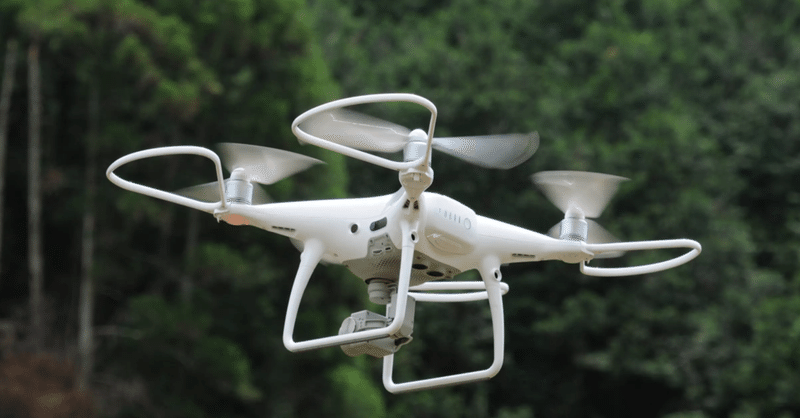
留学生ブログ#2 林業のデータ化/The Digitization of Forestry
今日ではコンビニのおにぎりをスマホで払えるようになりました。顔を合わせて会議をするのではなく、ズーム会議もできるようになりました。明日には車は私たちの手を借りずに走り、冷蔵庫は必要に応じて新しい醤油を注文してくれる。誰もが日常生活のデジタル化を口にしますが、それは私たちの森やその利用方法にどのように影響するのでしょうか。
経済面から見てみると、日本の林業は現在、人手不足とコスト高という2つの大きな問題に直面しています。日本の林業従事者は高齢化が進んでいますが、山での過酷な作業を選ぶ若者は少ないのが現状です。豊かな土壌と豊富な雨に恵まれた日本の森林は成長が早い。その一方で、急な斜面や高賃金のため、植林や維持管理、伐採にはコストがかかります。そのため、日本の林業が海外からの低価格の木材に対抗するのは難しいのです。
デジタル化によって、林業の効率化はすでに進んでいます。昔は、林業家はペンと紙で森林のデータを集めて、後でオフィスのパソコンに打ち込んでいました。今日は、タブレットでデータを収集し、クラウドと自動的に同期させることができるようになりました。また、GPSやデジタル地図の活用により、木材の伐採計画を立てるのが格段に楽になりました。将来的には、人の代わりにドローンで植林を行い、無人の機械が伐採を行い、十分な量の木材が集まると自動的に近くの製材所にメッセージを送ってくれるようになるかもしれません。最終的には、日本の木材が海外の木材に対抗できるほど安くなるかもしれません。
しかし、デジタル化のメリットは森の端っこに留まらない。デジタル化を利用して、森未来は日本各地の木材生産者と木材利用者を繋いでいるのです。ほんの数年前までは、小規模な生産者が自分たちの地域以外の場所で製品を販売することは非常に困難でした。その一方で、ユーザーには、その地域にある魅力的な木材の情報がありませんでした。また、異なる製品や生産者の価格を簡単に比較する手段もありませんでした。デジタル化のチャンスを利用して、私たちはそれを可能にし、木材のサプライチェーンを後押ししています。
これから数ヶ月間、この新しい林業の最前線に立つことにワクワクしています。
Today, we can pay the Onigiri in the convenience store with our smartphone. We have zoom conferences instead of face to face meetings. Tomorrow, our cars will drive without our help, and fridges order new soy sauce when necessary. Everyone speaks about the digitization of our everyday life but how does and how will it affect our forests and how we use them?
Looking from an economic perspective, Japan's forestry is currently facing two main problems: a shortage of labor and high costs. The country's foresters are getting older but few young people choose to do the hard work in the mountains. Blessed with rich soils and a lot of rain, the forests in Japan grow very fast. On the other hand, the steep slopes and high wages make afforestation, maintenance, and harvesting costly. Because of this, it’s hard for Japanese forestry to compete with low price wood from oversees.
Digitization has already made forestry much more efficient than it used to be. In the past, foresters had to gather forest data with pen and paper and typing them into the office PC later. Today, they can gather the data with a tablet that automatically syncs them with the cloud. Also, the use of GPS and digital maps have made it a lot easier to plan timber harvests. In the future, afforestation is maybe done by drones instead of people and unmanned machinery does the harvest, and automatically sends a message to the closest sawmill when enough timber is gathered. In the end, Japanese wood could become cheap enough to compete with those from overseas.
But the benefits of digitization don’t stop at the edge of the forest. Using the digitization, Shinmirai connects wood producers and wood users from around Japan. Only some years ago, it was very difficult for smaller producers to market their products outside of there own region. On the other hand, the users did not have the information about all the interesting wood out there. Nor did they have the means to easily compare the prices of different products and different producers. Using the chances of digitization, we make that possible and hence boost the wood supply chain from the other end.
I feel excited to be on the frontier of this new forestry for the coming months!
この記事が気に入ったらサポートをしてみませんか?
